Reference
Refining The Patek Signature: Ref. 5326 Annual Calendar Travel Time

Thierry Stern, President of Patek Philippe
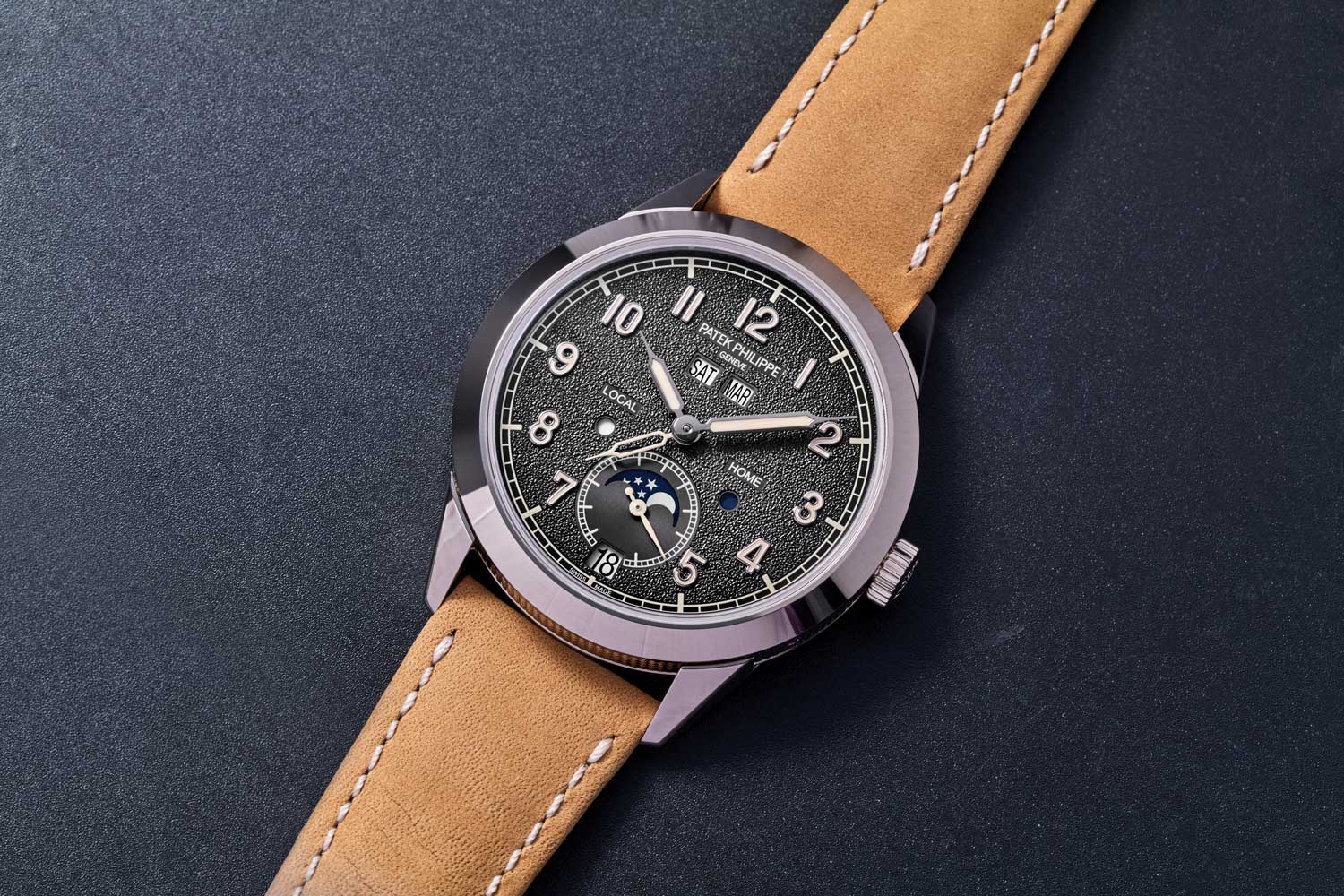
Patek Philippe Ref. 5326 Annual Calendar Travel Time
Contemporary Tribute to the Calatrava
Says Thierry Stern, “To understand one of the key style codes of the new Ref. 5326, we need to go back to the development of last year’s Calatrava Ref. 6119. For some time, I wanted to create a new Calatrava, something that was a striking tribute to our heritage, but was also a watch that felt really contemporary and modern. I wanted a watch that, the moment you saw it, you recognized it. I found the answer when I thought of the Ref. 3919. This was a Calatrava watch that we launched in 1985 and it featured a distinct Clous de Paris, or Paris hobnail guilloché pattern on the bezel. We repeated this design in a slightly larger case in 2006 with the Ref. 5119. It is a really beautiful and distinct pattern, and so, in combination with a movement developed specifically for the new Ref. 6119, we created an all-new Calatrava.”
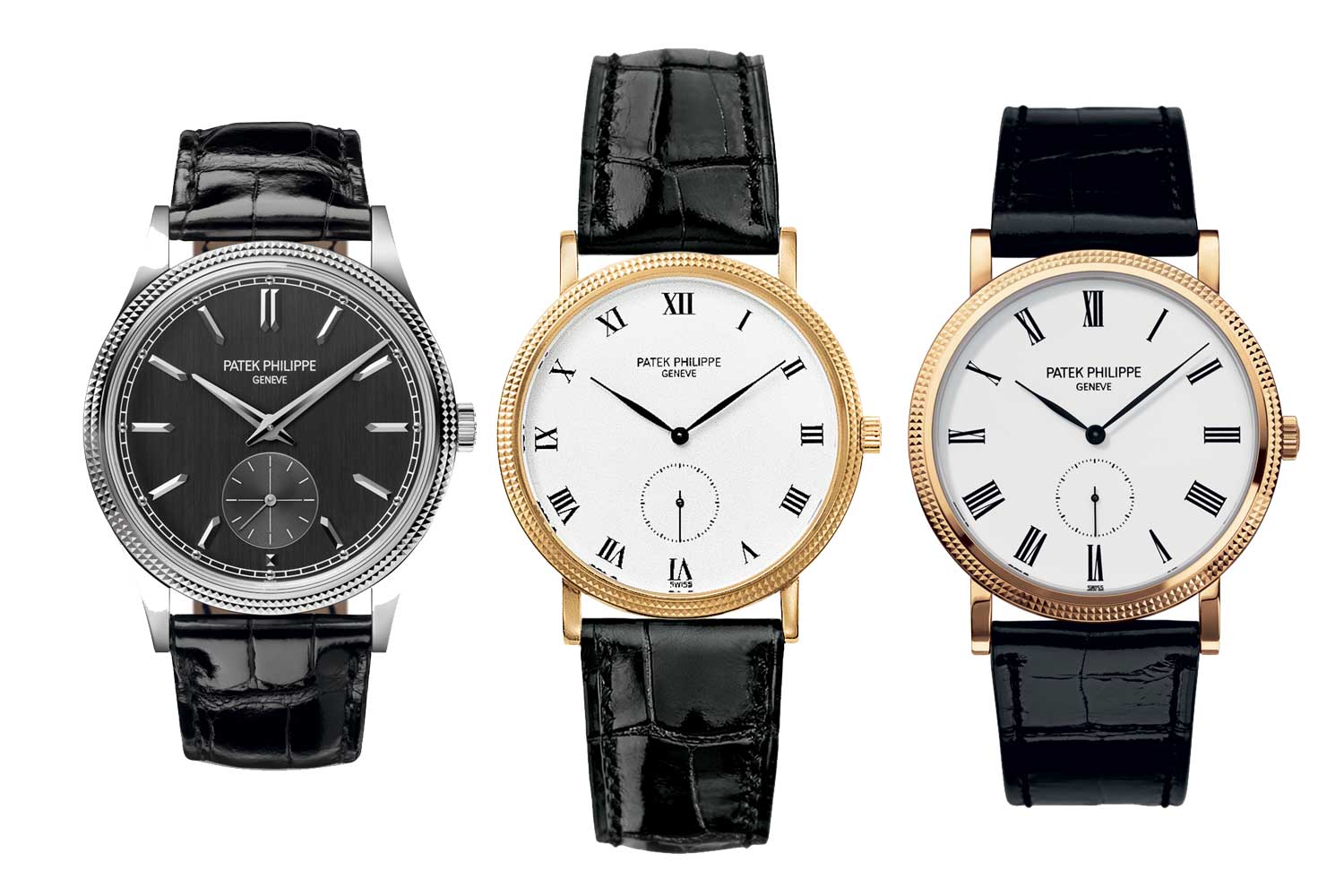
From left: The Ref. 6119 Calatrava launched in 2021; Ref. 3919 created in 1985 featured a distinct Clous de Paris design on the bezel that has been repeated in contemporary interpretations of the Calatrava and Ref. 5119 from 2006
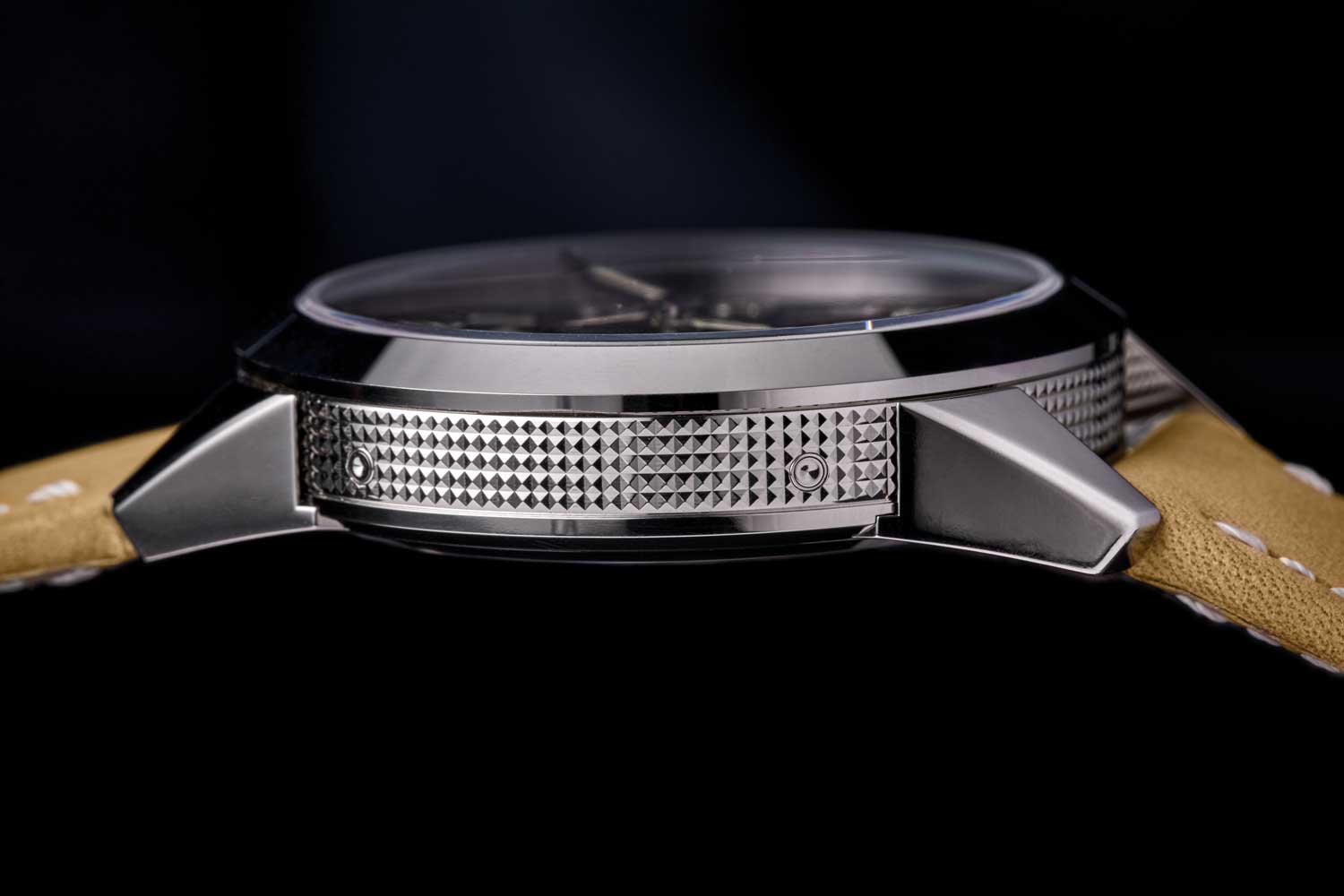
The hobnail pattern on the bezel flows seamlessly beneath the lugs, which are attached to the caseback
The shape of the case is also distinctly Patek and brings to mind the Ref. 5236, the world’s first in-line perpetual calendar wristwatch launched last year, which inverts the two middle numbers of the brand’s numerical designation code. The Annual Calendar Travel Time, of course, has slightly thicker lugs that befit a sportier watch. With this style of case, the iconic Ref. 3448 comes to mind and it is heart-warming to see that with Patek, there are always small connections with the past.
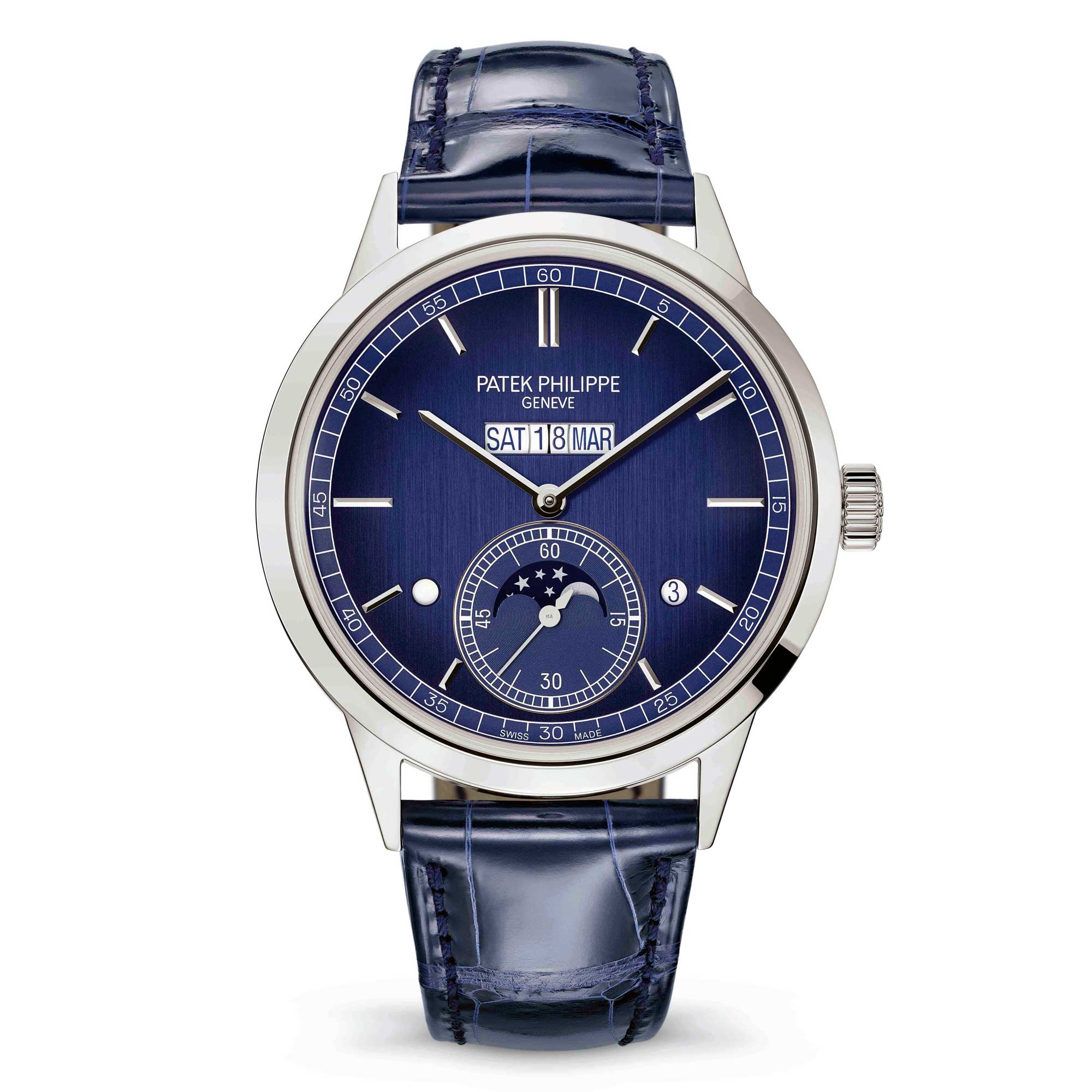
Also launched in 2021, the world’s first in-line perpetual calendar wristwatch Ref. 5236
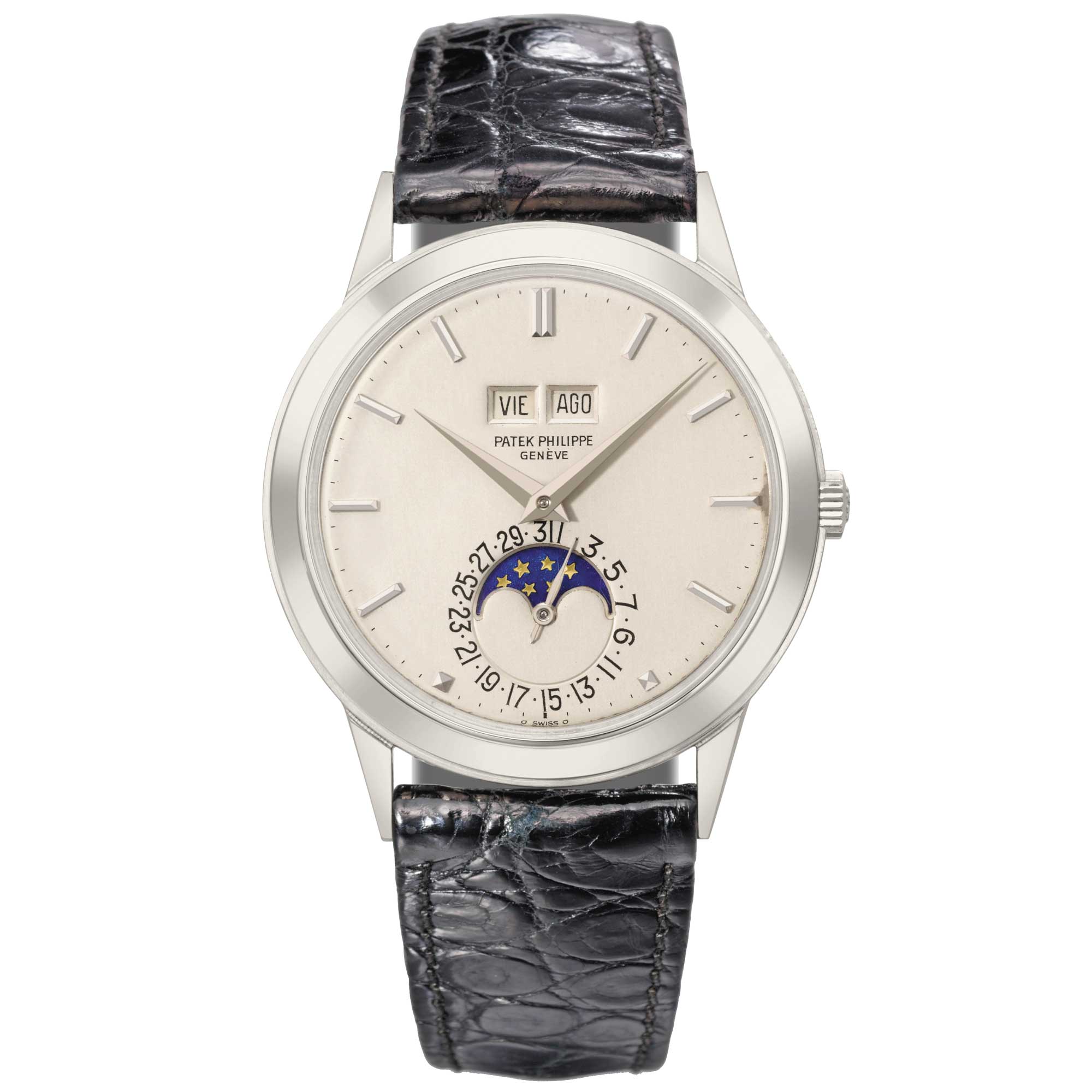
The vintage and iconic Ref. 3448
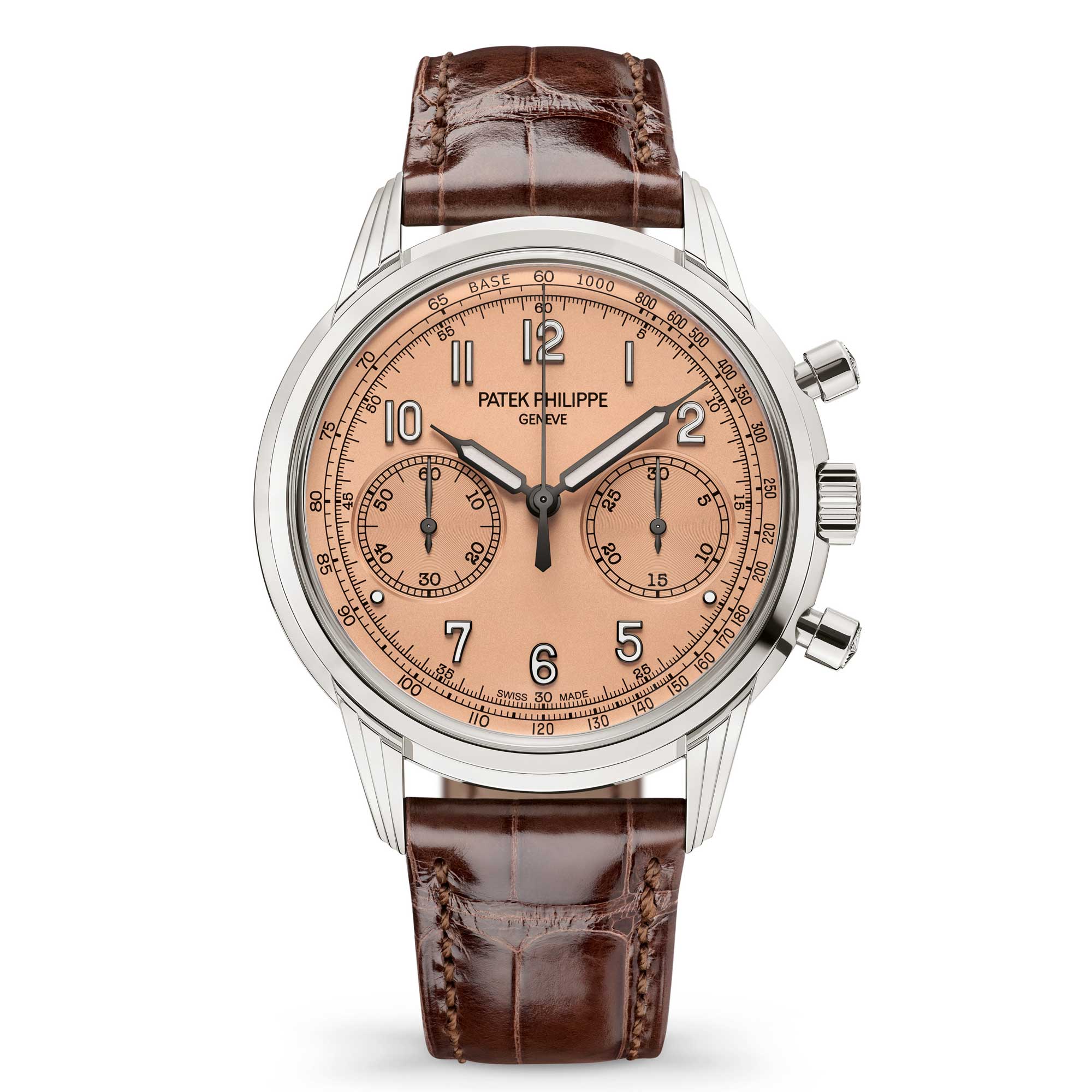
The Ref. 5172 with syringe-shaped hands receives a makeover this year in the form of a rose-gilt opaline dial
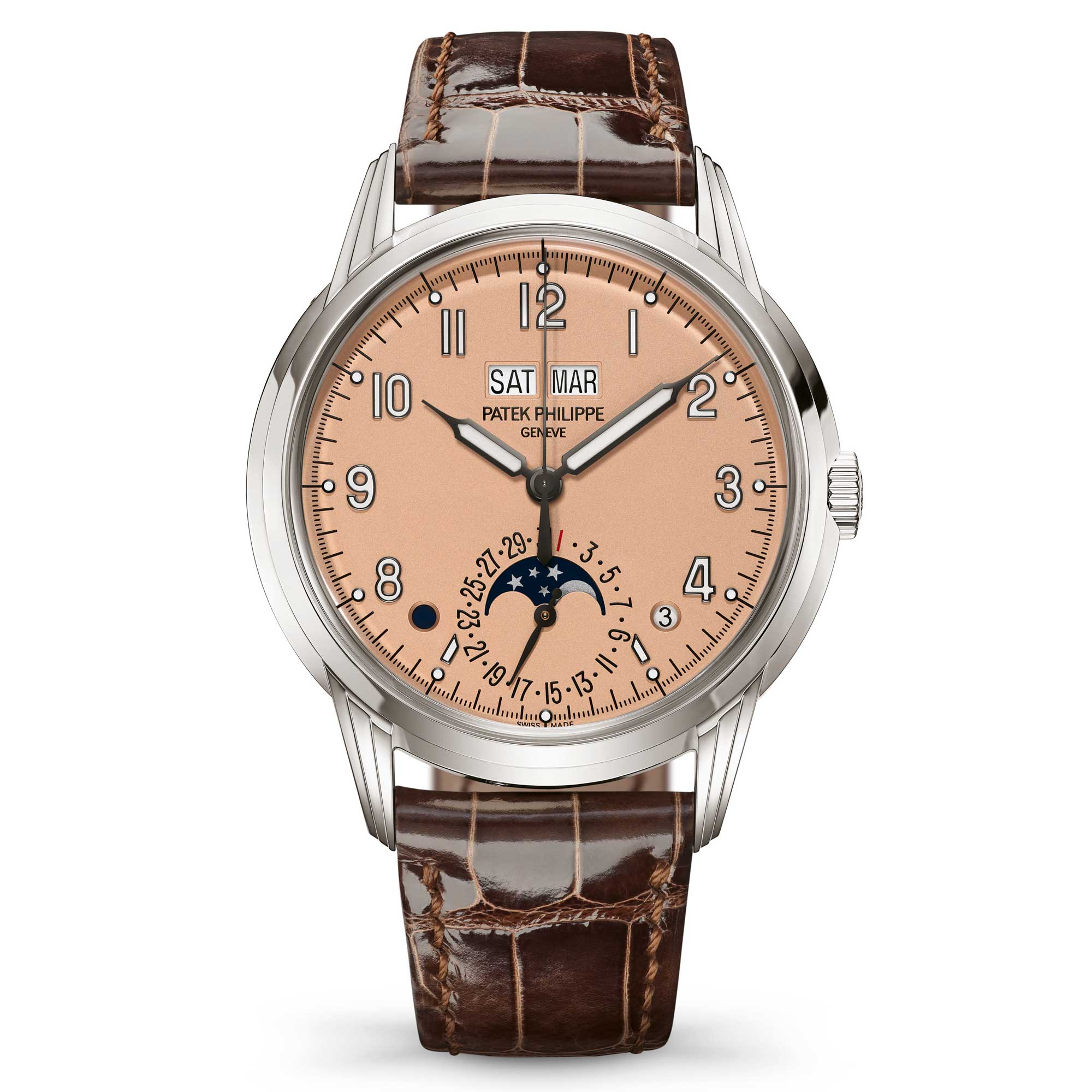
The Ref. 5320 is another Patek Philippe watch that has been given an uplifting new colorway
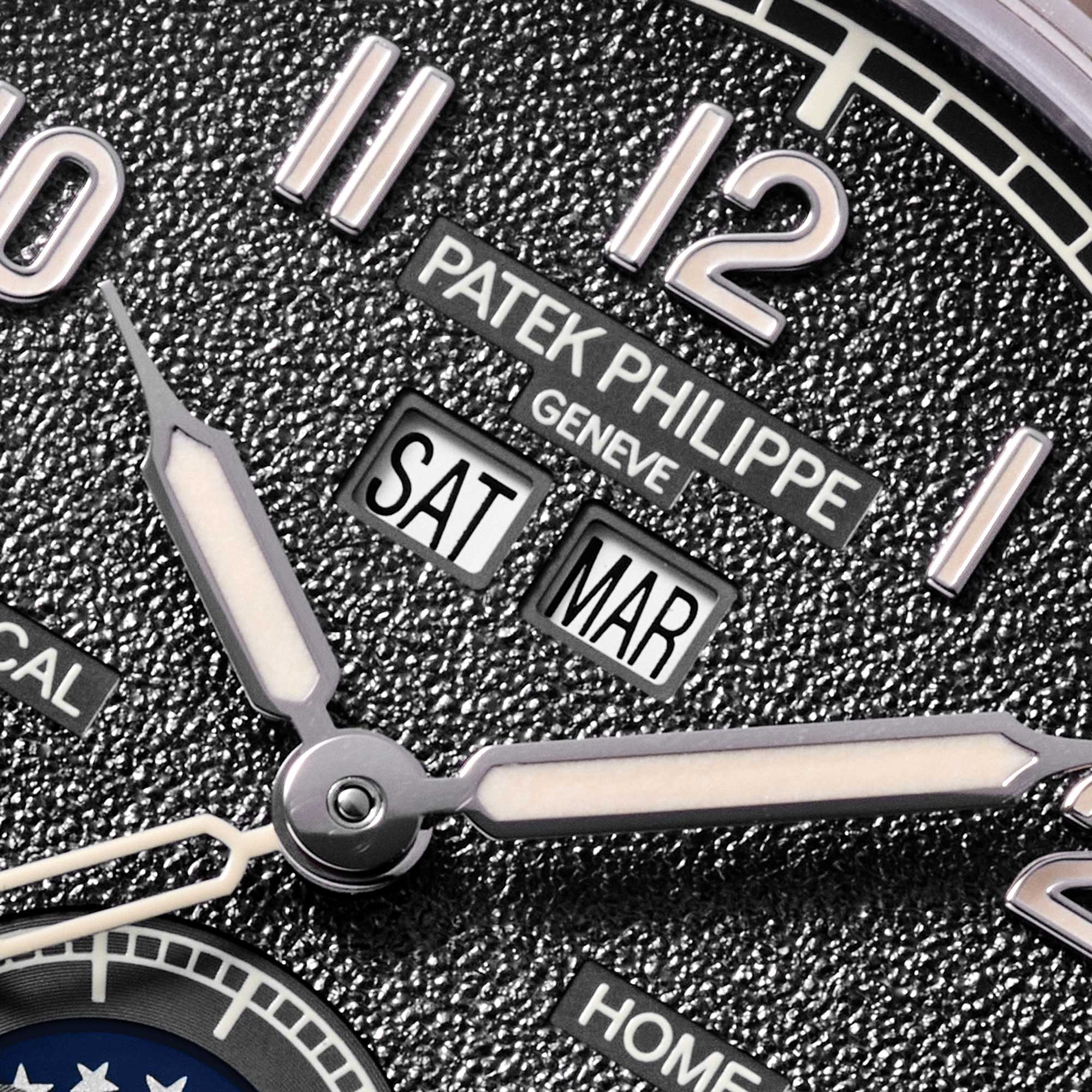
Beige Super-LumiNova on the hour markers and hands is a look that works well with the textured black dial of Ref. 5326
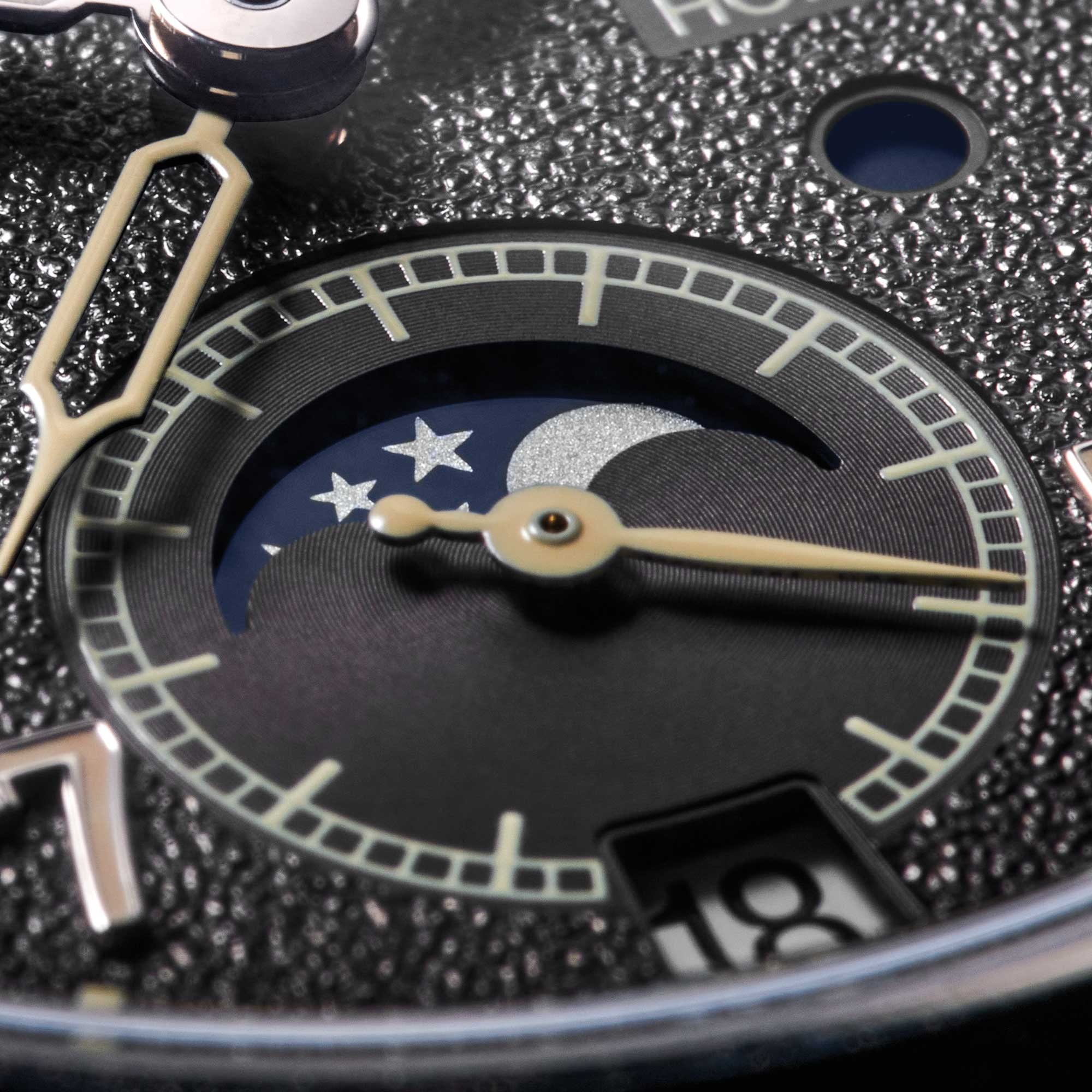
As the local hour hand advances, a beige home time hour hand is left behind — this innovative way of displaying a second time zone has allowed Patek to do away with conspicuous pushers on the watch case
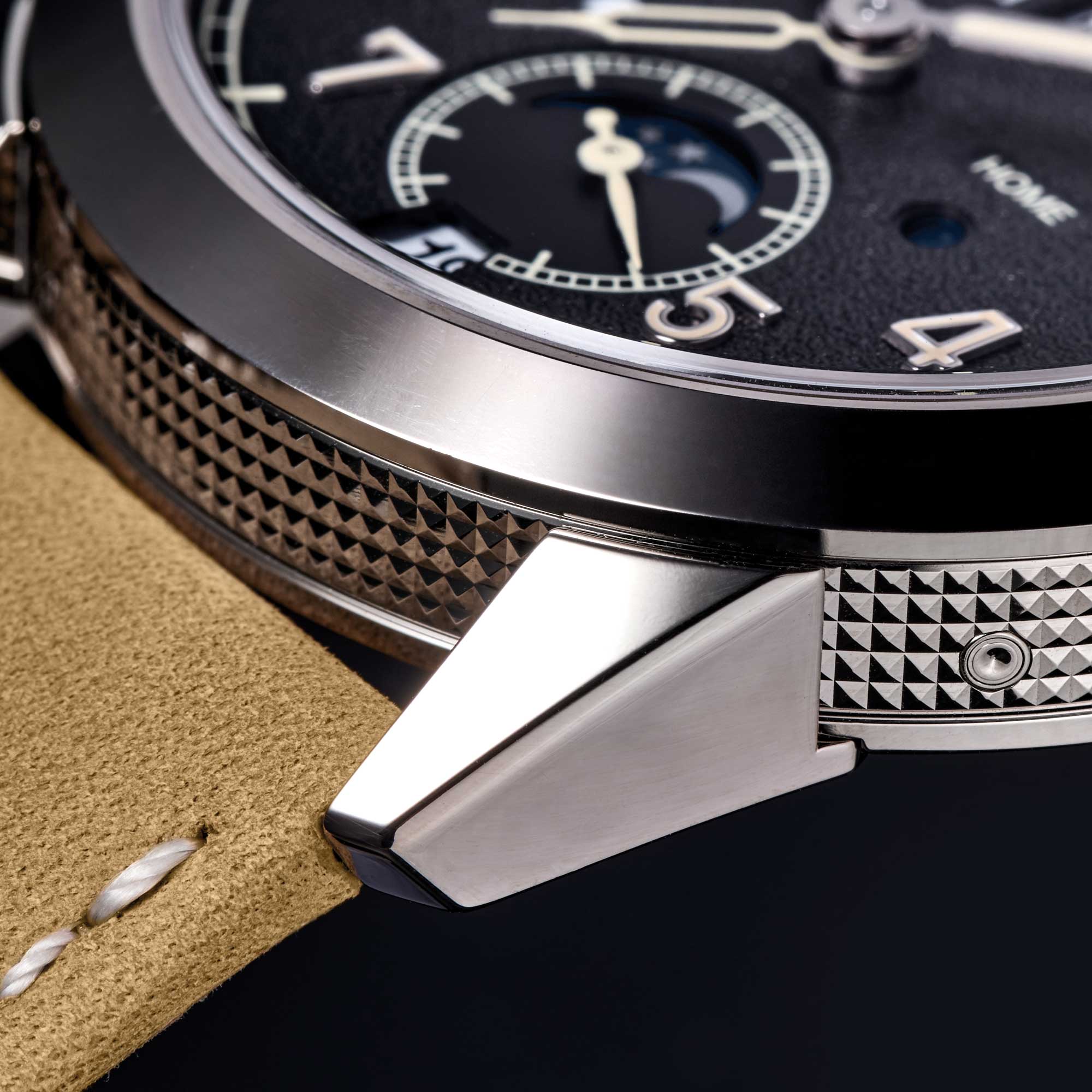
Clous de Paris engraving on the bezel is juxtaposed against the smooth and sharply angled lugs
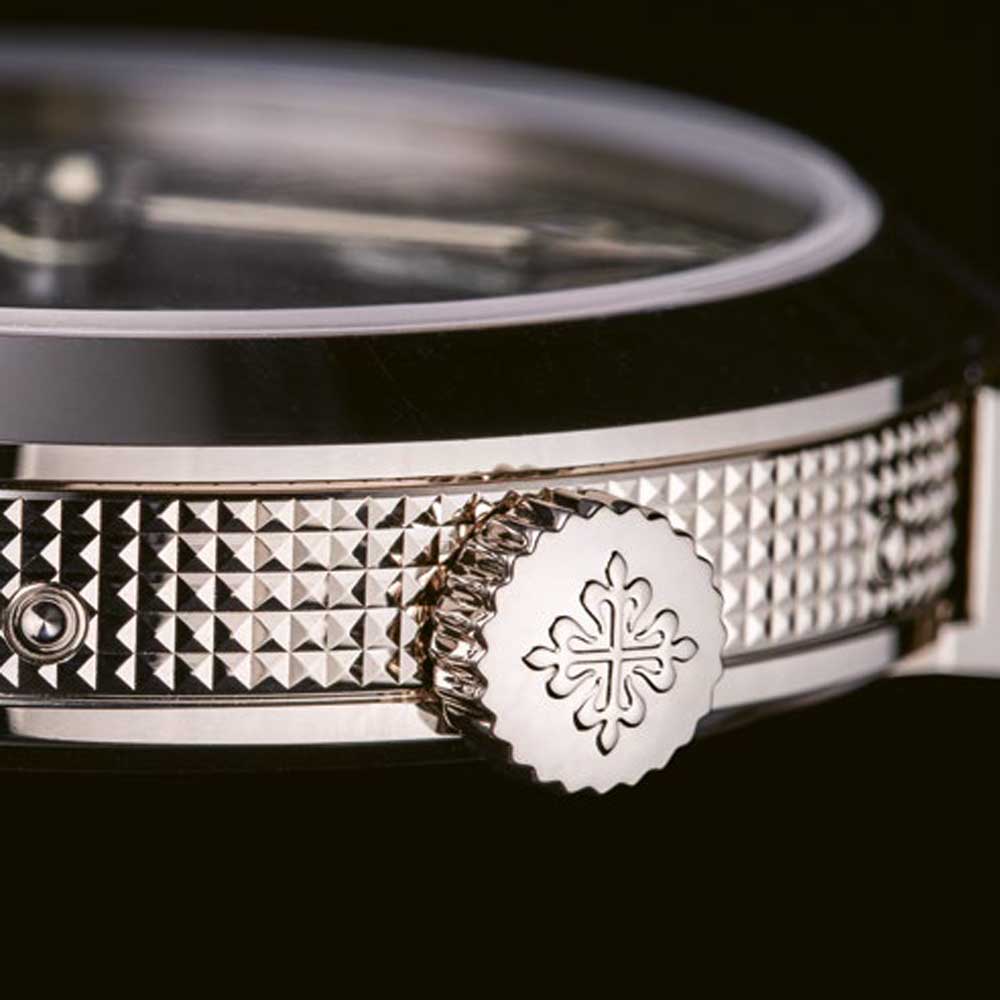
Instead of pushers, the Travel Time function is adjusted via the crown at position two
Patek Philippe Travel Time
What about the unique complications offered by the watch? Well, in fact, you could say the new Ref. 5326 represents the first meeting between two of Patek Philippe’s most legendary innovations. These are the multiple time zone function known as the Travel Time as well as the famous Annual Calendar invented by Thierry Stern’s father, Philippe Stern.
Let’s start with the Travel Time function. Look at the dial and you’ll see two apertures at the bottom right and left. The aperture on the right is a day and night indicator for home time and the aperture on the left shows day and night for local time. How the watch works is like this: The hour hand actually features a second home time hand that is positioned underneath it and is not visible when they run together superimposed. In a normal Travel Time watch, you have two pushers located at the left of the case, which you use to advance the local hour hand in either direction. With each push, the local hour hand (the traditional hour hand) jumps forward by one increment but without affecting the underlying time telling of the watch. Which means the hour hand is decoupled from the gear train during these jumps. You will, however, notice the conspicuous absence of these pushers in the Ref. 5326. And that is because Thierry Stern didn’t want to mar the beauty of the case he had created. Instead, the Travel Time function is controlled via the crown of the watch and is adjusted in position two. You will see as the local hour hand is advanced, a beige home time hour hand is left behind. The first-time integration of the Travel Time function into the crown happened in 2021 with the Aquanaut Luce, and the Ref. 5326 is only the second watch to feature this function.
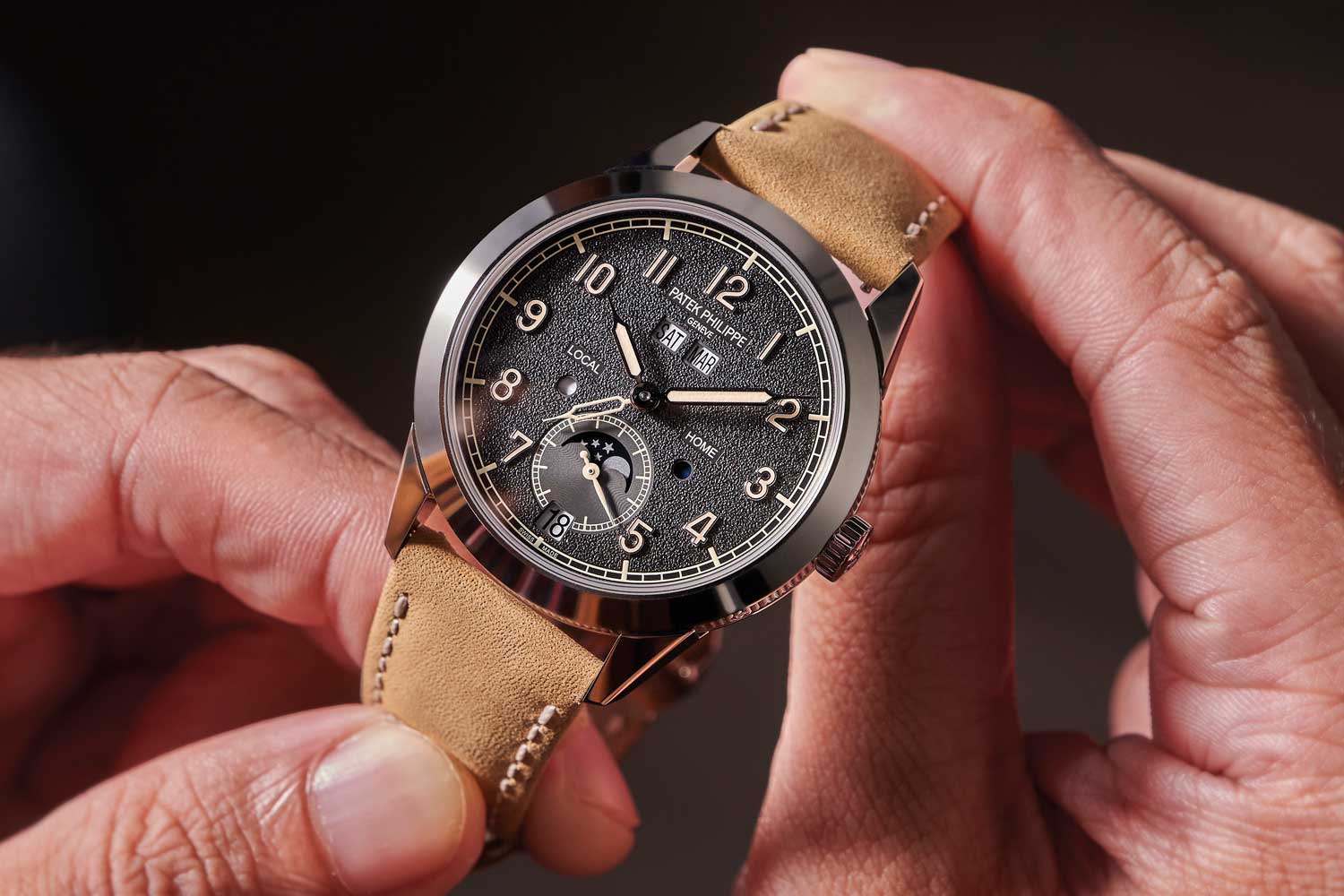
All things considered, Patek Philippe’s Ref. 5326 with its design and technical innovations is one of the most significant timepieces in recent memory
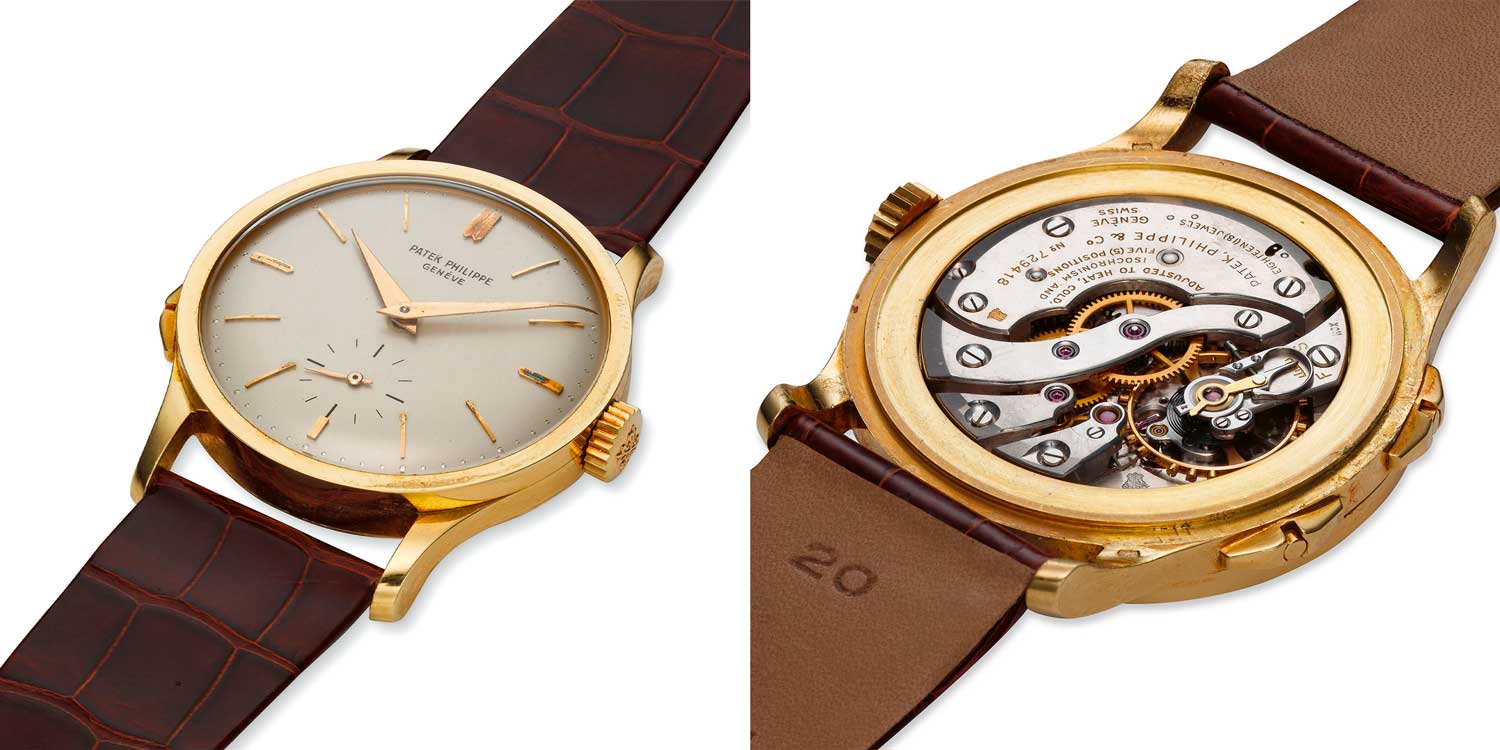
The Patek Philippe Ref. 2597 “Cross Country” unveiled in the 1950s
The Travel Time has become as synonymous with Patek Philippe as the perpetual calendar and the perpetual calendar chronograph — both complications that the manufacture introduced to the world with Ref. 1526 and Ref. 1518, both from 1941. I would remark that while there are indeed many multi-timezone watches in existence today, few rival the practicality of the Travel Time display with double day/night indicators for local and home time.
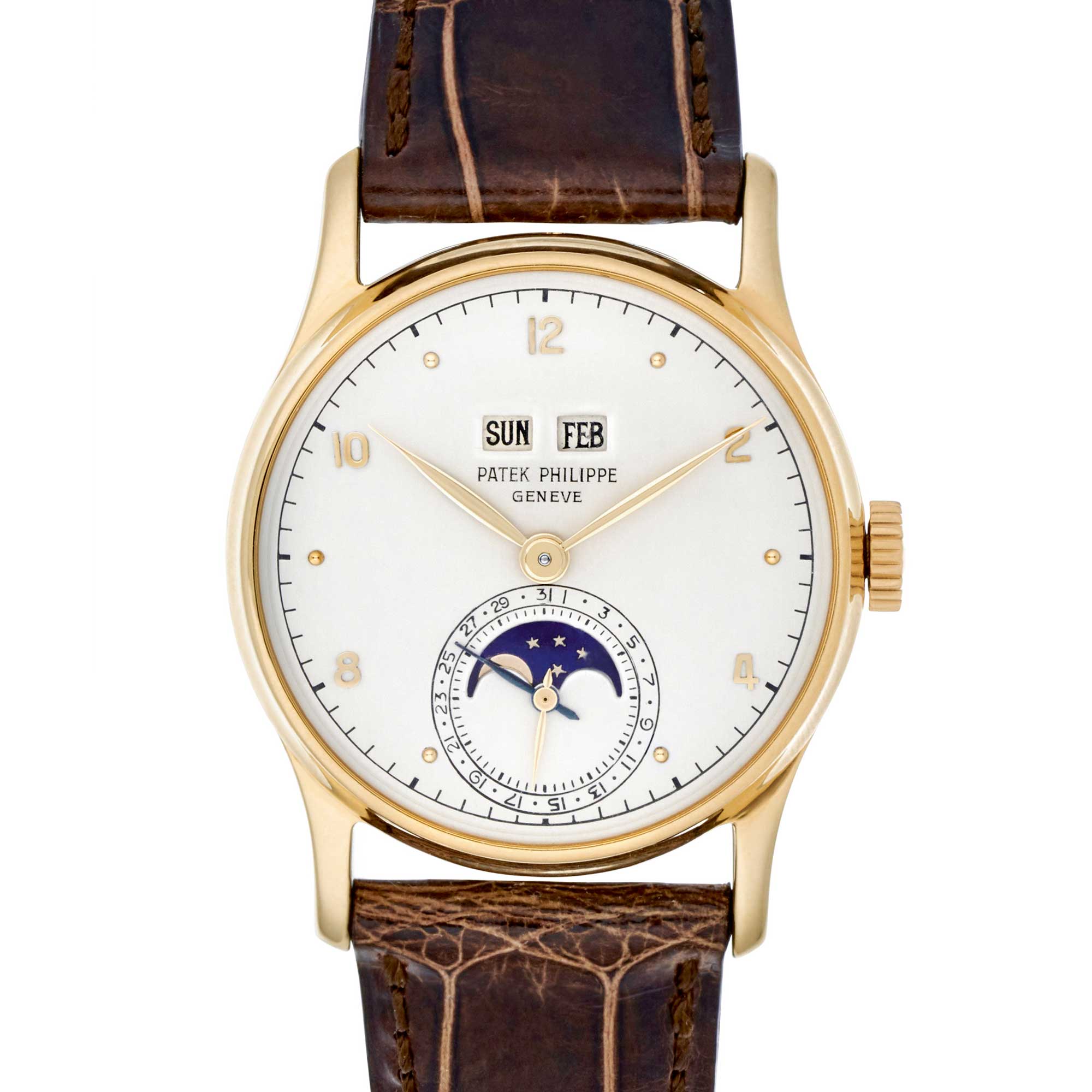
The first perpetual calendar wristwatch in series, Patek Philippe Ref. 1526 (Image: Christie’s)
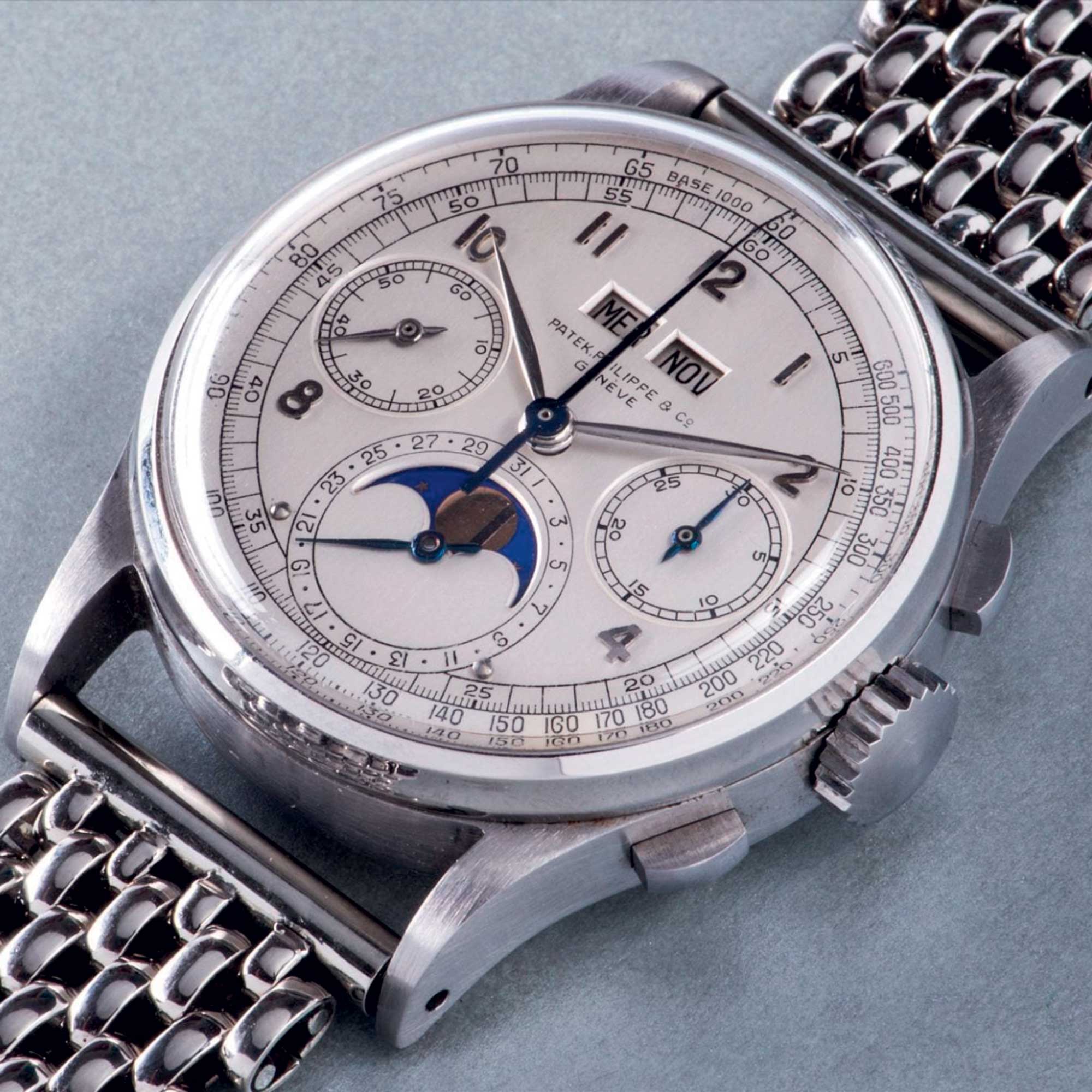
The brand’s first perpetual calendar chronograph, Ref. 1518 (Image: Phillips)
Patek Philippe Annual Calendar
The other complication that Patek is equally well known for is the Annual Calendar. The year 1996 was an extraordinary year for Patek Philippe. It united all of its watchmaking competences under one roof in Geneva’s Plan-les-Ouates, and Philippe Stern launched the famous Annual Calendar. He was undoubtedly proud of the fact that Patek had introduced the perpetual calendar wristwatch to the world just over 70 years before. But he also wanted his tenure at the head of Patek to be marked by real innovation.
Before embarking on a little history of the Patek Philippe Annual Calendar, let’s first define what a perpetual calendar is. Ever wondered where our calendar system came from? It was all down to a pope named Gregory XIII who, in 1582, instituted the Gregorian calendar, which corrected faults in the Julian calendar. The issue essentially was this: The calendar year where time is divided into 24-hour days, seven days a week and 30 or 31 days a month with 28 days in February for a total of 365 days, is actually shorter than the solar year, which is how long the Earth takes for a full rotation around the Sun — 365 days, five hours, 48 minutes and 46 seconds, to be precise. To compensate for this, Pope Gregory XIII added the day of February 29th once every four years. But this in turn creates a slight overage so that every 100 years, though divisible by four, the leap day is left out. Every 400 years, it is put back in.
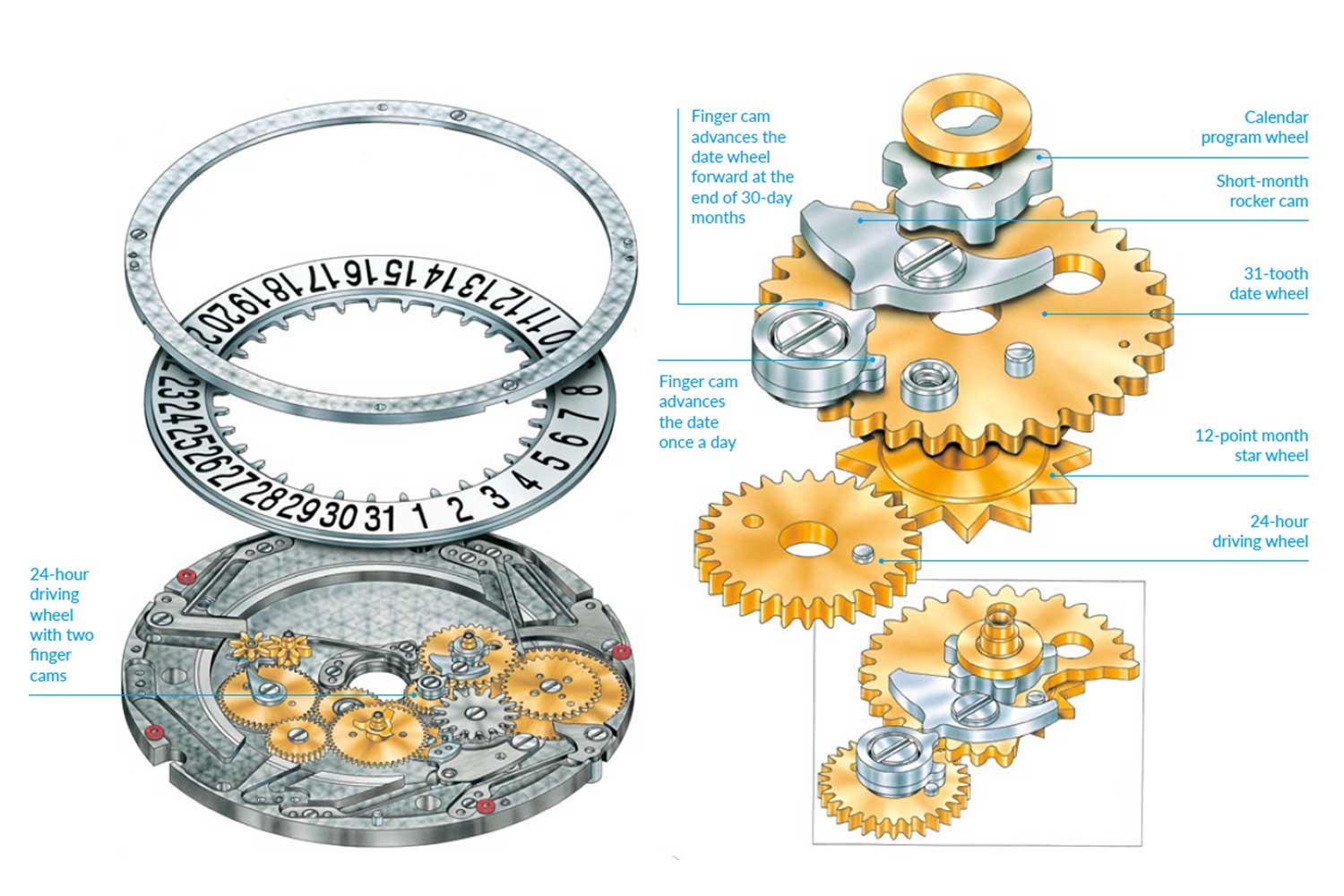
From left: Patek Philippe’s gear-based annual calendar mechanism; a core innovation patented by Patek was a 24-hour driving wheel with two “fingers” at an angle to one another. The first finger advanced the date once a day. The second finger was used for transitions from 30-day months to the 1st of the following month, allowing the display to skip the 31st
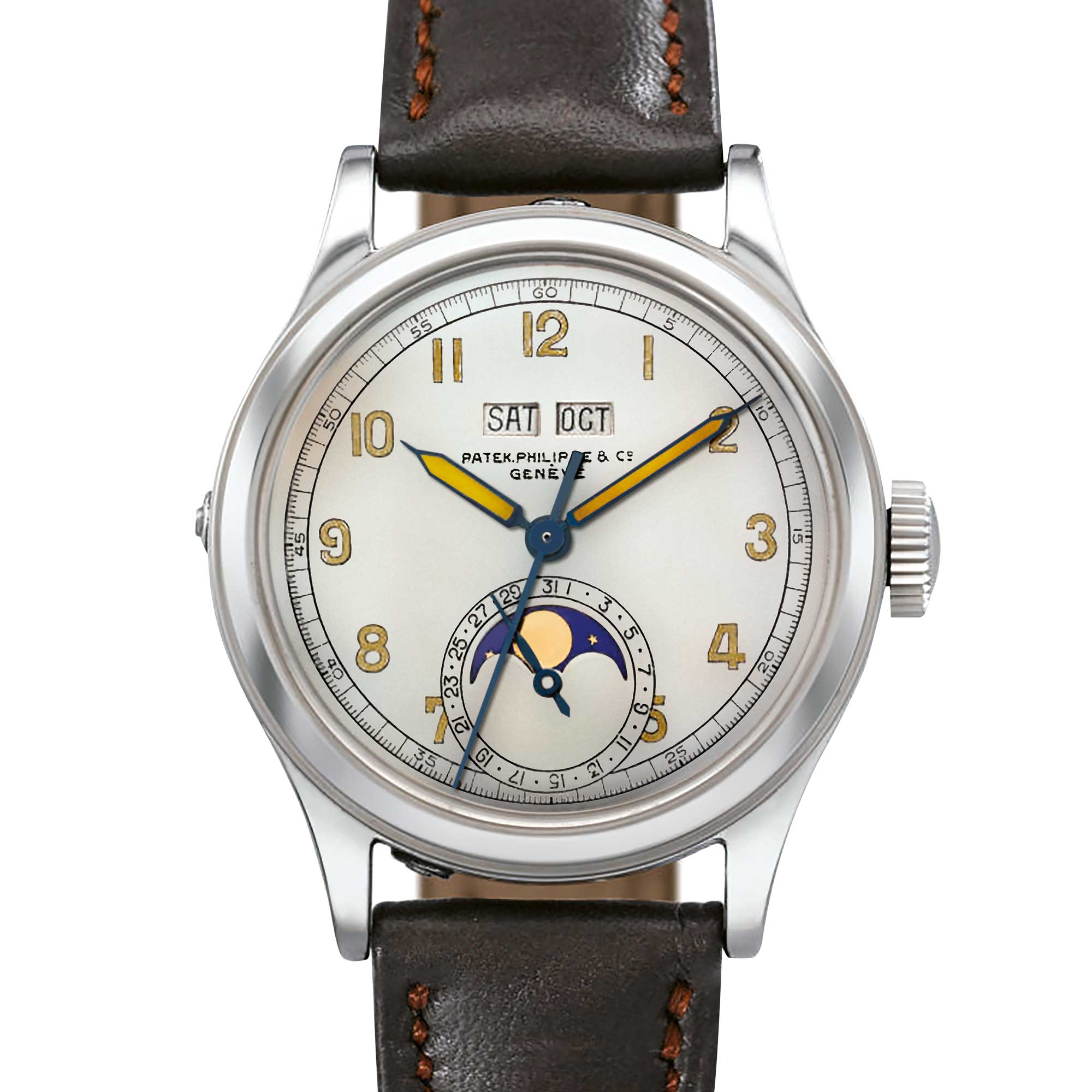
Ref. 1591 was a waterproof watch, reportedly created in 1944 for a maharaja who enjoyed the sports lifestyle
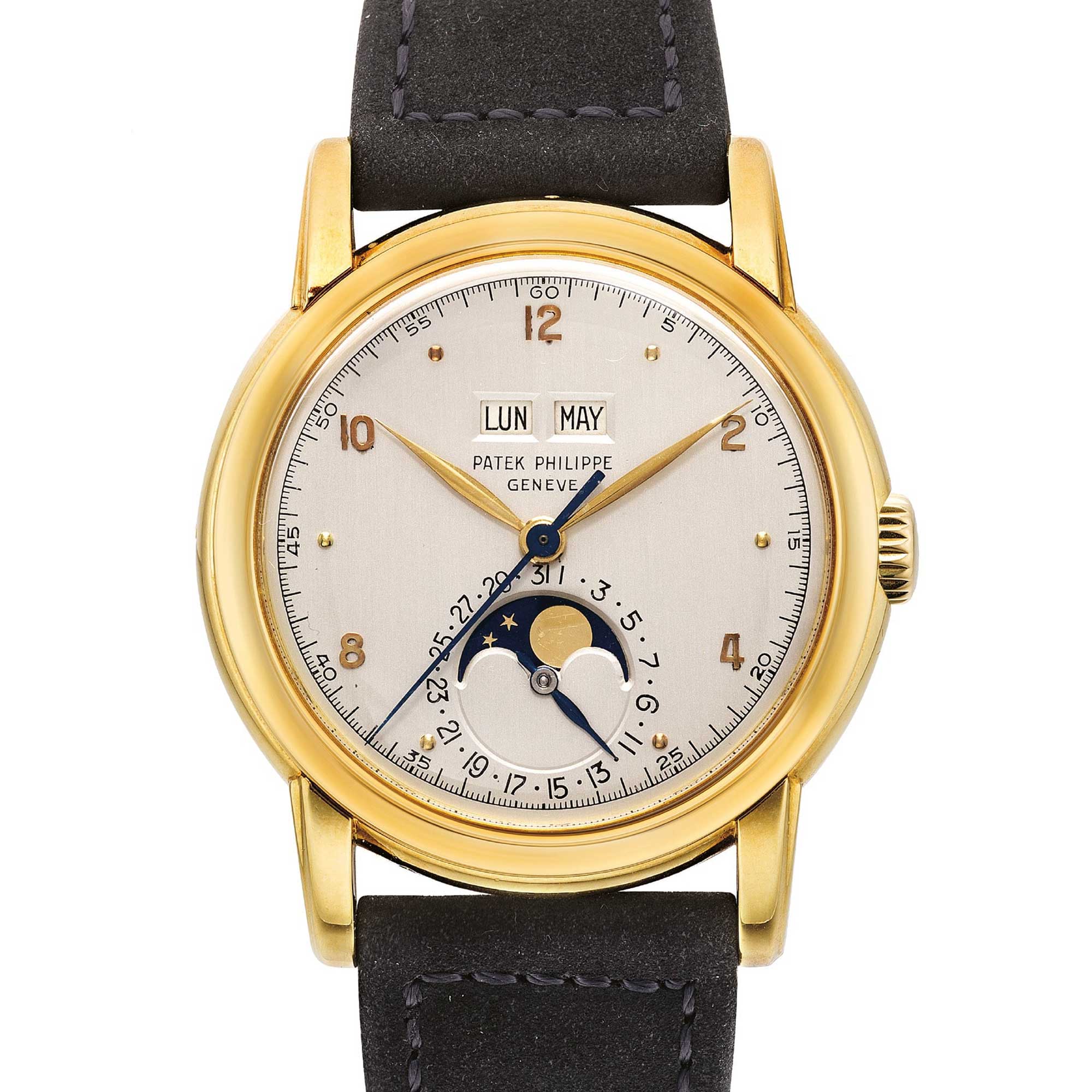
Launched in 1951, Patek Ref. 2497 was the first serially produced sweep seconds perpetual calendar
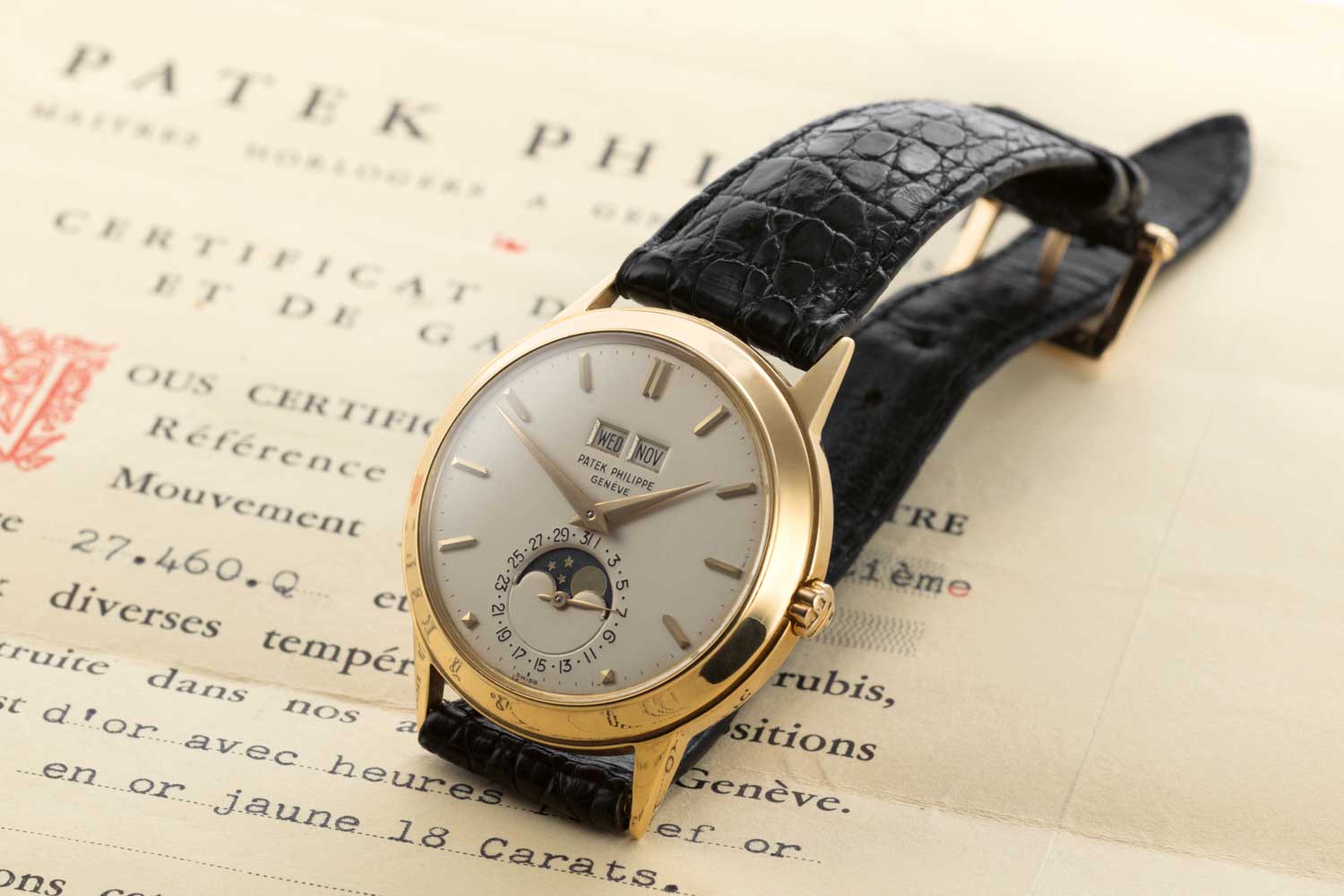
Another first for Patek came in 1962 in the form of Ref. 3448, a self- winding perpetual calendar
What is interesting about the creation of the Annual Calendar is that it was presented as a challenge, or more specifically, a diploma topic at Geneva’s School of Engineering in 1991. The idea was to create a new calendar system that did away with the fragile racks, cams and jumper springs of a perpetual calendar and replace them largely with gear wheels. The system that was eventually arrived at, and that Patek would patent, featured as its core innovation a 24-hour driving wheel. This had two “fingers” at an angle to one another. Finger one advanced the date once a day. The second finger was put into use on transitions from months with 30 days to the 1st of the next month, allowing you to skip the 31st. The full changeover in this scenario took four hours to complete. Interestingly, when designing Ref. 5326, it was clear to Patek that a lengthy changeover period would not be acceptable in a multi-timezone watch with date function. More on this later. Anyway, the main simplification represented by the Annual Calendar is that it no longer had to predict the 48-month leap year cycle or add the additional day in February when the leap year occurred, saving substantial mechanical costs.
Launched in 1996, Ref. 5035 Annual Calendar, priced at under USD 20,000 was an instant hit. In addition to its use of luminous hands, a sporty case made it particularly appealing with a younger audience. It was an all-around success for Patek Philippe. On the 10th year anniversary of the Annual Calendar in 2006, the complication was placed inside the two watches that it is most associated with today. The first is the Ref. 5396, which when launched back in 2006, represented the first Calatrava Annual Calendar. And the second is Ref. 5960, a fantastic automatic vertical clutch chronograph with annual calendar, although one sleeper watch is the wonderful Nautilus Annual Calendar Ref. 5726.
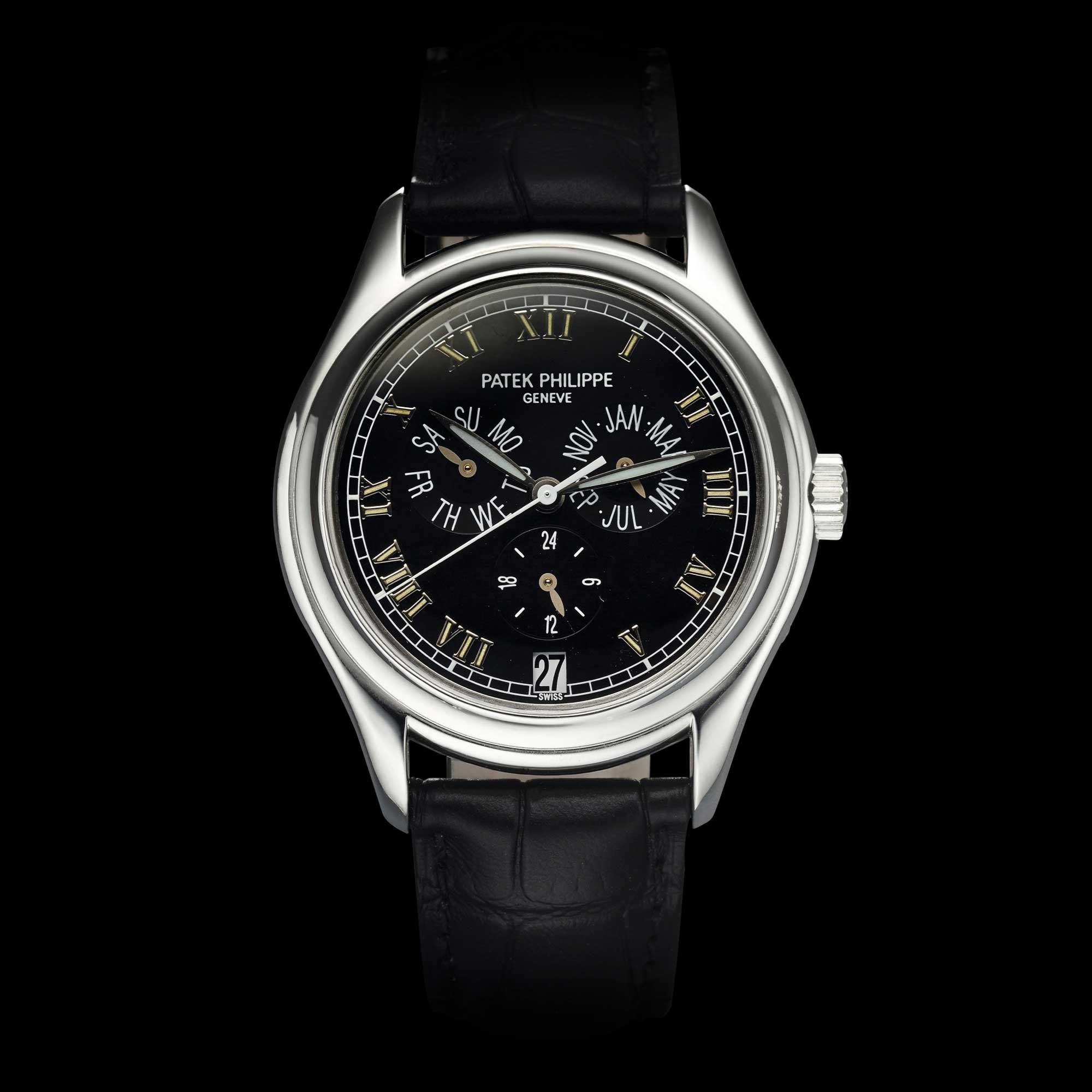
The first Patek Philippe Annual Calendar watch, Ref. 5035 from 1996, was an instant hit with a sub-20,000-dollar price tag
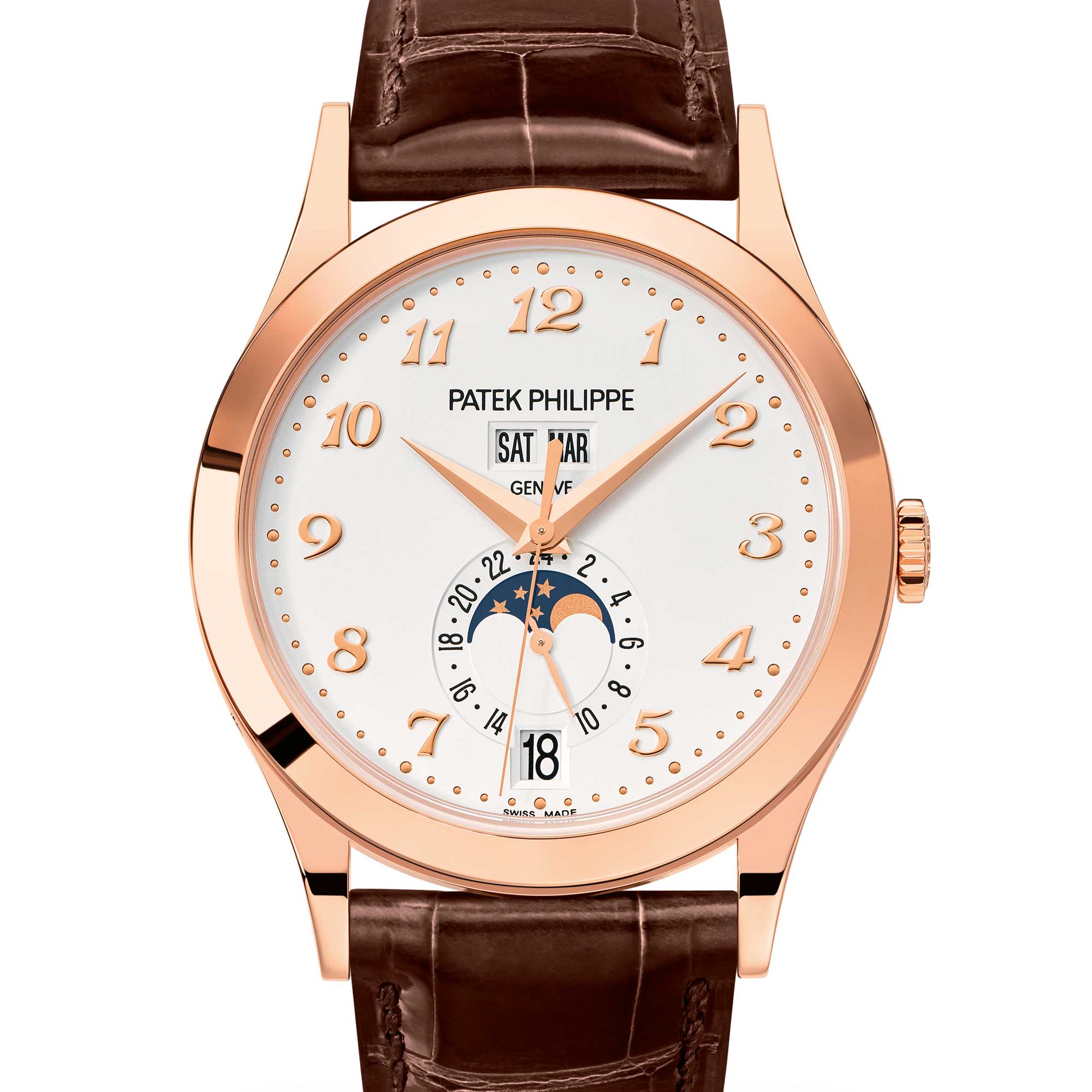
Ref. 5396 launched in 2006 and was the first Calatrava to carry the Annual Calendar complication
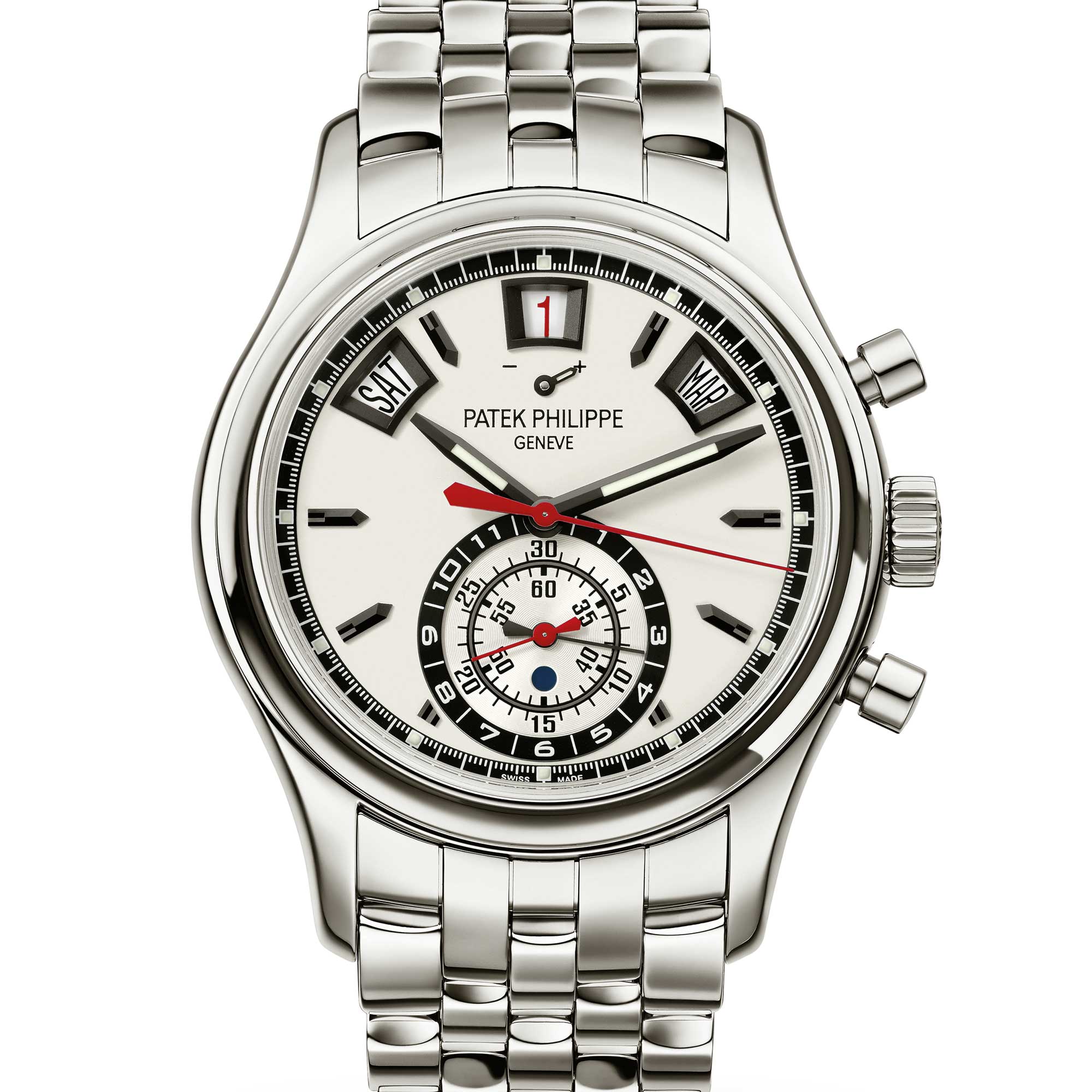
Ref. 5960 featured the Annual Calendar with a vertical clutch chronograph
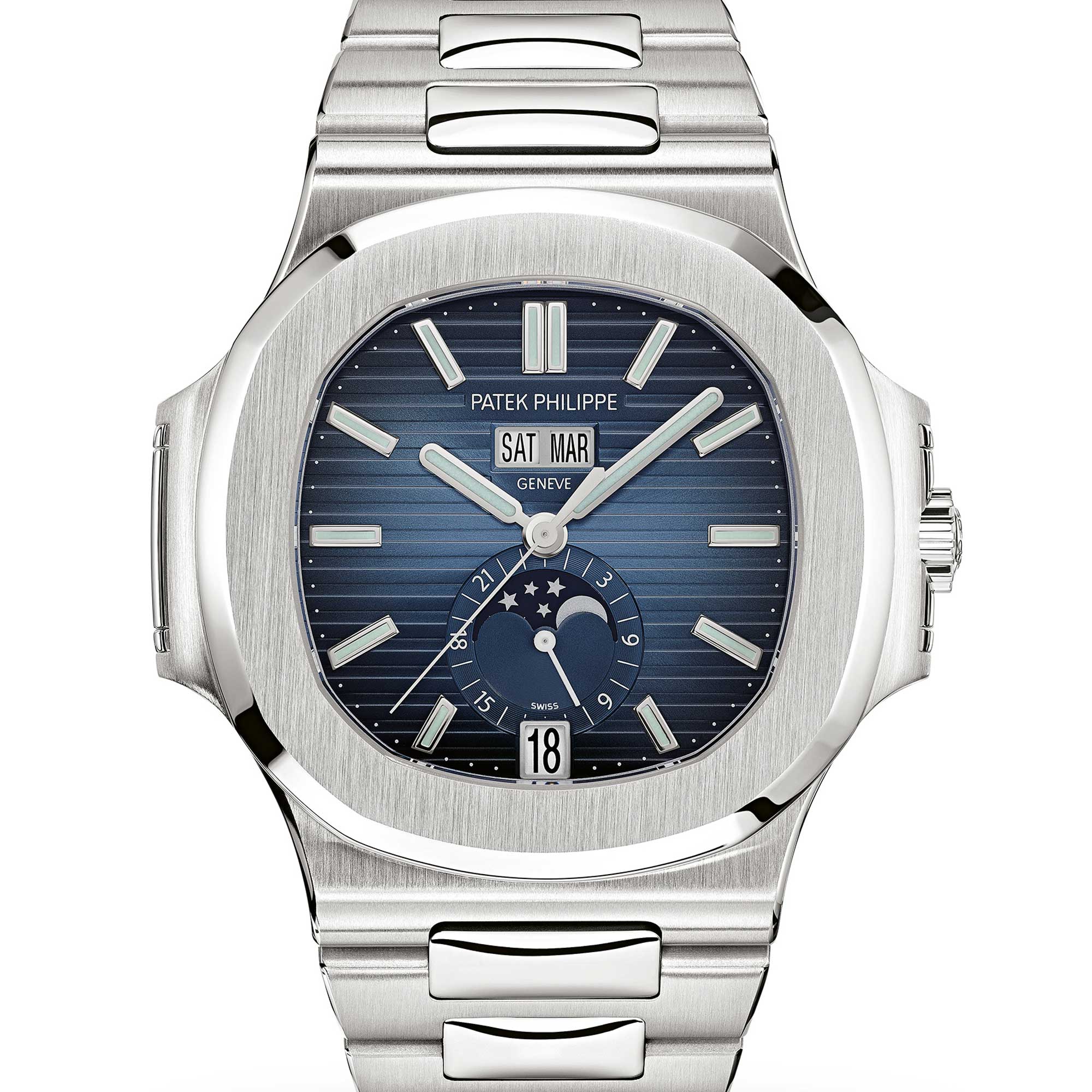
The Nautilus Ref. 5726
Eight New Patents
The integration of the two famous complications in this brand-new Calatrava gave Patek the opportunity to improve their performance. As mentioned, Ref. 5326 is only the second watch to have the local time-setting function integrated into the crown, with the first being the 2021 Aquanaut Luce Travel Time.
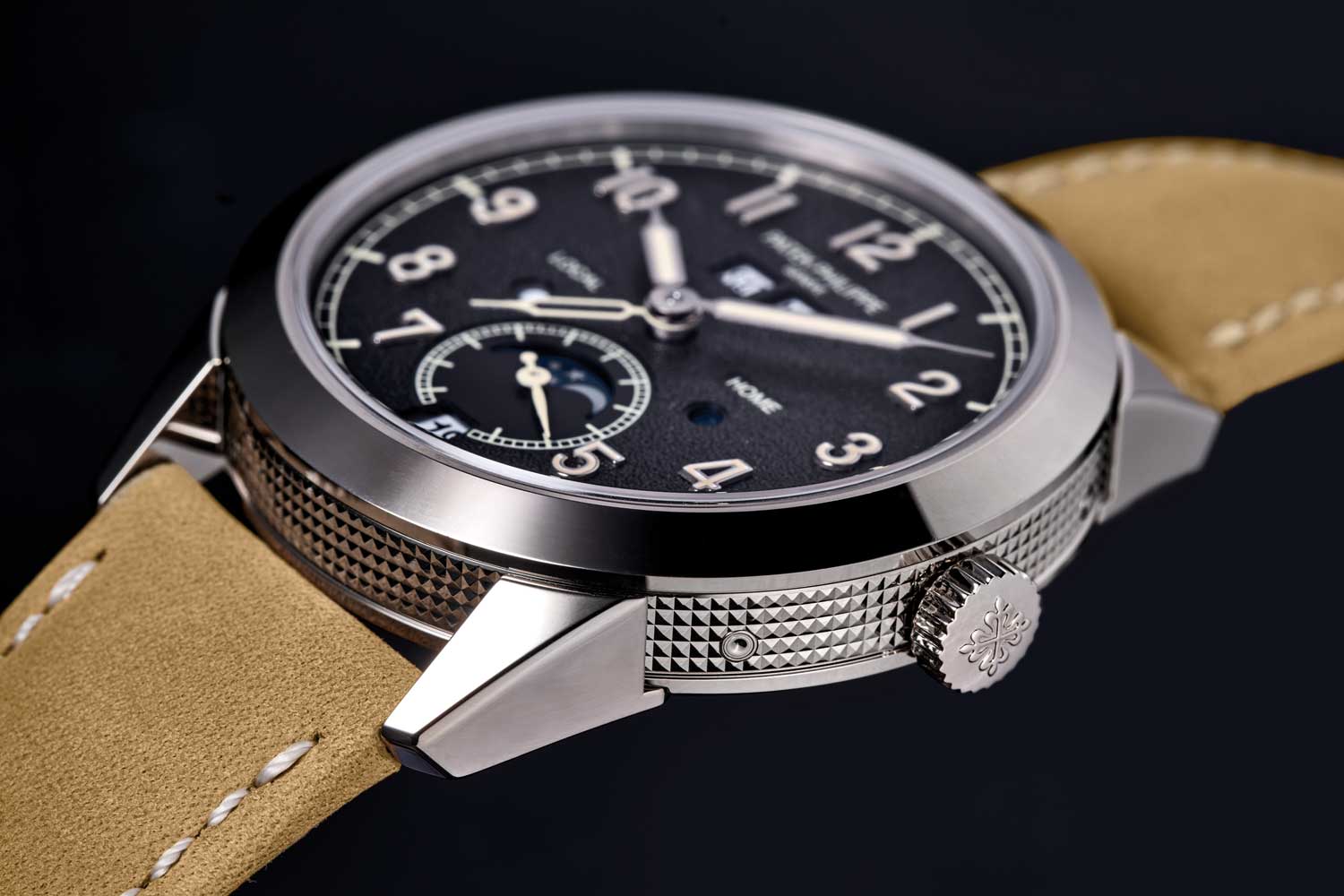
The Ref. 5326 Annual Calendar Travel Time represents a dynamic reinterpretation of Patek’s signature style
Ref. 5326 also compensates for one important factor. Say, for example, you are flying from Singapore to New York. When you arrive in JFK Airport, you will set your watch 12 hours backwards. However, during the flight, you might have crossed the midnight threshold, meaning that the date and day of your arrival is actually previous to what is displayed on your dial. But never fear, because as you turn the hour hand in the opposite direction past the midnight threshold, the date and day displays (and months where affected) will also change back to the previous day.
That is not the only innovation represented by Ref. 5326. One of the wonderful things about Patek Philippe is that it is constantly improving its own watches. In the very first examples of the Annual Calendar, the changeover from 30th to the 1st took four hours to complete. In more recent versions, this changeover takes 90 minutes.
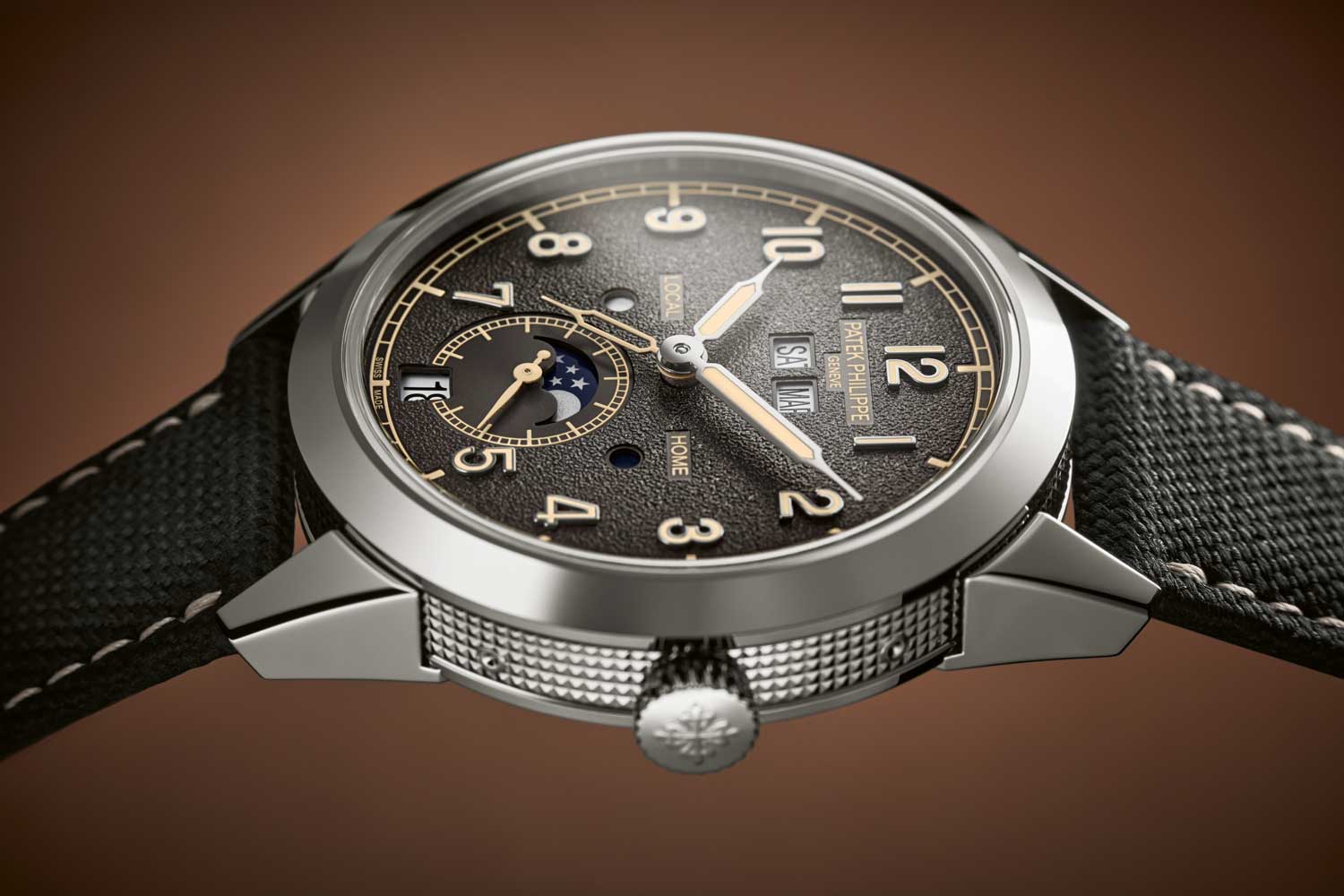
Ref. 5326 eschews the more common alligator strap for black nubuck calfskin with embossed textile finish and decorative beige stitching. Another strap option is in beige nubuck calfskin
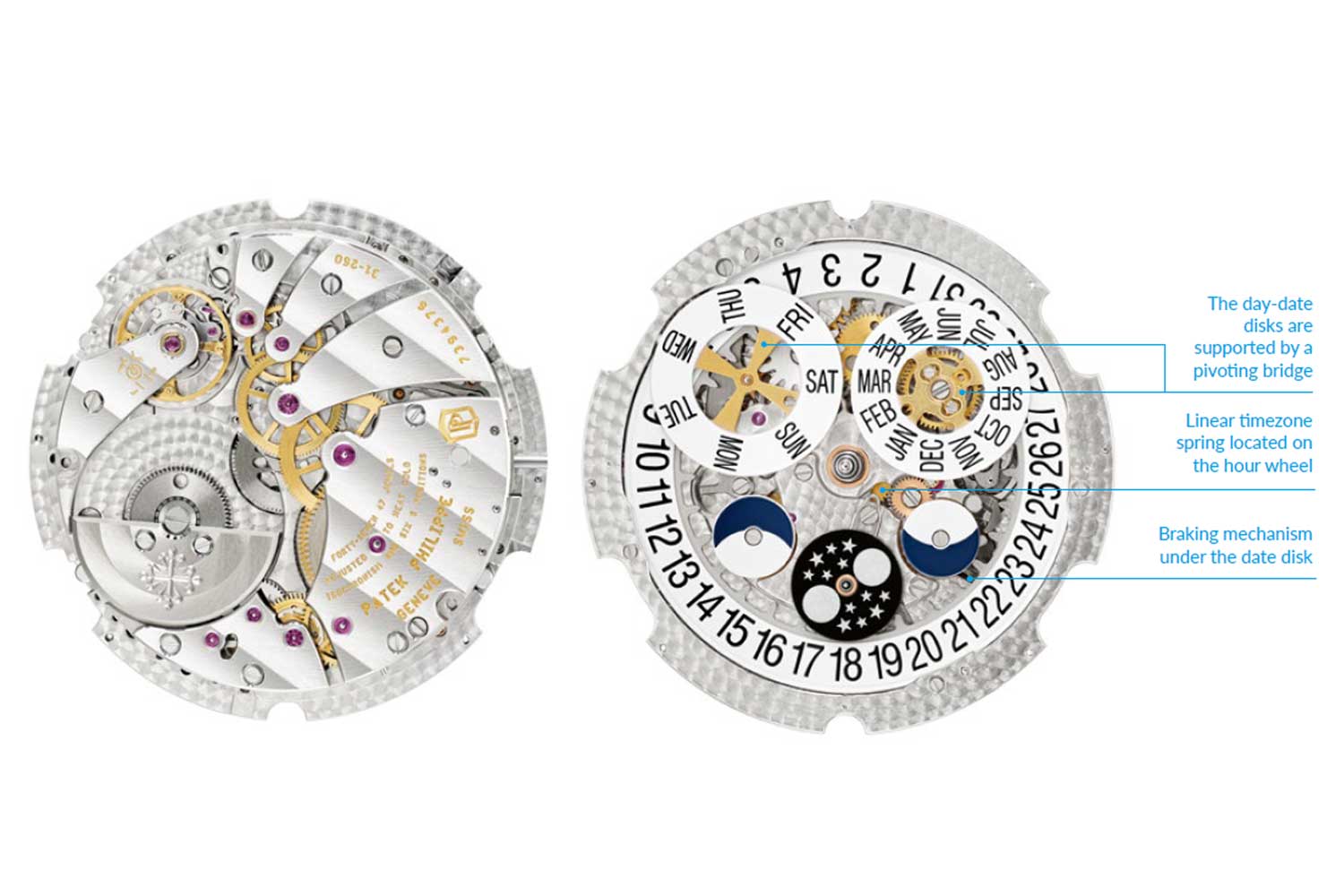
Caliber 31-260 PS QA LU FUS 24H in verso and recto
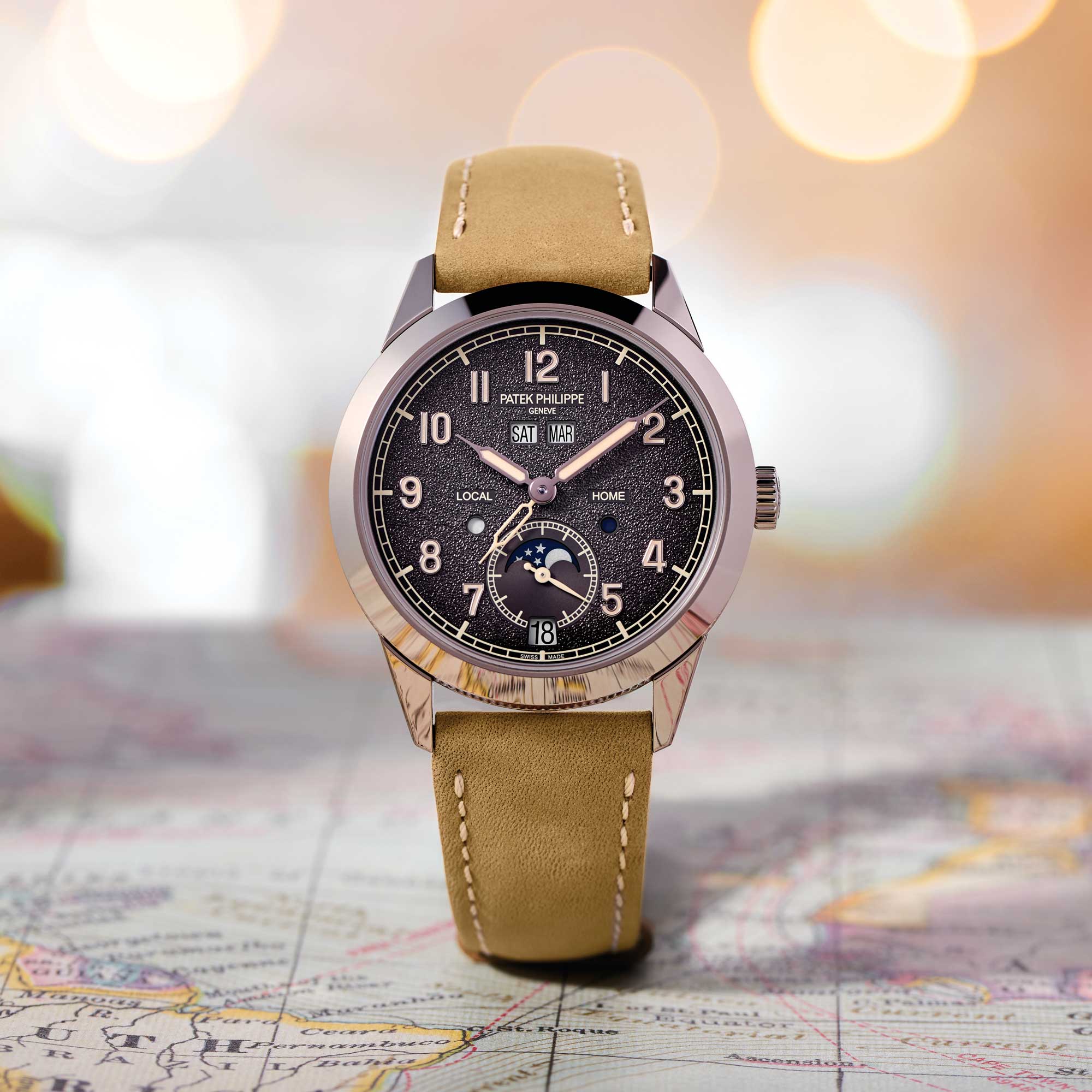
Patek Philippe Ref. 5326 Annual Calendar Travel Time










